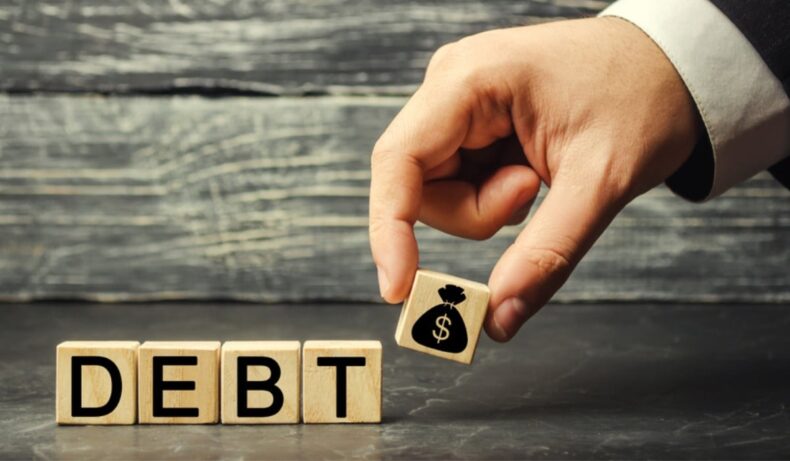According to a report from the finance ministry, the government’s overall debt grew to Rs 147.19 lakh crore by the end of September over Rs 145.72 lakh crore at the close of this fiscal year. It displays a 1% growth from quarter to quarter in the second quarter of 2022–2024 (FY23).

According to the Finance Ministry’s quarterly report on public debt management, public debt increased from 88.3% as of June 30 to 89.1% of total gross liabilities at September-end 2022.
According to the report, the Central Government acquired Rs 4,06,000 crore via dated securities during the second quarter, as opposed to the Rs 4,22,000 crore disclosed amount in the borrowed calendar, and Rs 92,371.15 crore was paid back.
It said that the weighted average duration of fresh issuances of scheduled securities was lesser at 15.62 years in Q2 as opposed to 15.69 years in Q1, and that the weighted average yield of primary issuances toughened to 7.33% in Q2 FY23 from 7.23% in Q1 FY23.
The Central Govt did not issue any Cash Management Bills between July and September 2022. During the quarter, the Reserve Bank didn’t engage in Open Market Operations (OMO’s) for government securities. According to the ownership structure of central government securities, commercial banks’ share increased from 38.04 percent on June 30 to 38.3 percent at September’s end in 2022.
Although a softening of yield was seen for the longer tenure assets during the second quarter, the rates on government securities in the secondary market tightened in the short-end curve due to near-term inflation and liquidity concerns, it added.
In order to mainly control inflation, the Monetary Policy Committee agreed to increase the policy repo rate by 100 basis points, or from 4.90 percent to 5.90 percent, during Q2.
The rupee lost 3.11 percent of its value from July 1 and September 30, 2022. As of July 1, the rupee was worth 79.09 to the dollar, down from 81.55 on September 30.
Debt in FY22
The overall liabilities of the central government in 2014–15 were Rs 62.44 lakh crore, or 50.1% of GDP.
At the conclusion of 2021–2022, this grew to Rs. 138.88 lakh crore, or 58.7% of GDP. Government interest payments accounted for 3.1% of GDP ($7.31 trillion) in 2021–2022.

India’s external debt increased by just over 8%. At $ 620.7 billion as of the end of March 2022, India’s external debt increased by 8.2% from $ 573.7 billion as of the end of March 2021.
Out of this, $499.1 billion or 80.4% are long-term investments, and the remaining 121.7 billion are short-term. As of the end of March 2022, the external debt to GDP ratio decreased slightly from 21.2 to 19.9 percent. As of the end of March 2022, the ratio of foreign currency reserves to external debt was 97.8 percent, down from 100.6 percent a year earlier.
India’s external debt was assessed at US$ 617.1 billion at the end of June 2022, according to the RBI data.













